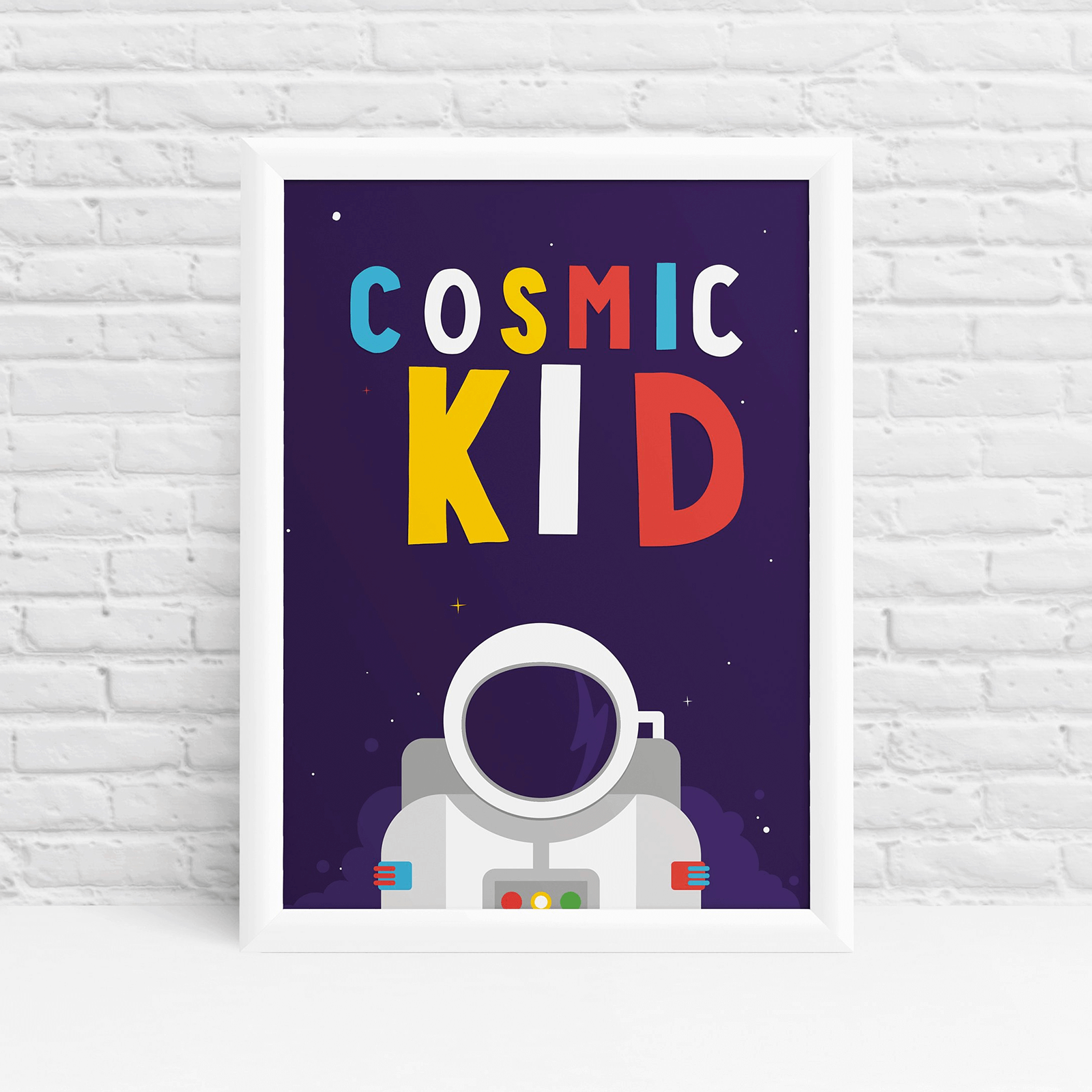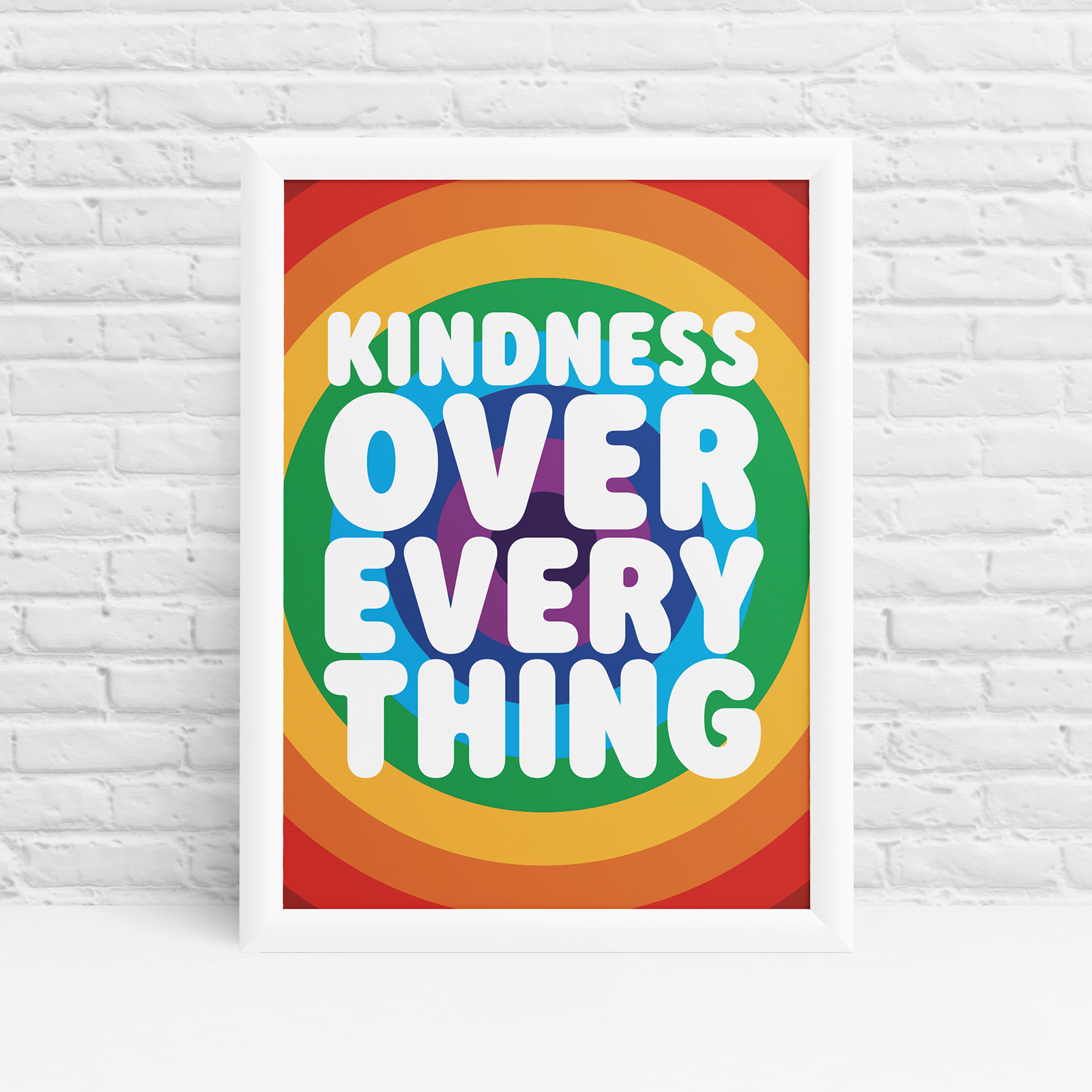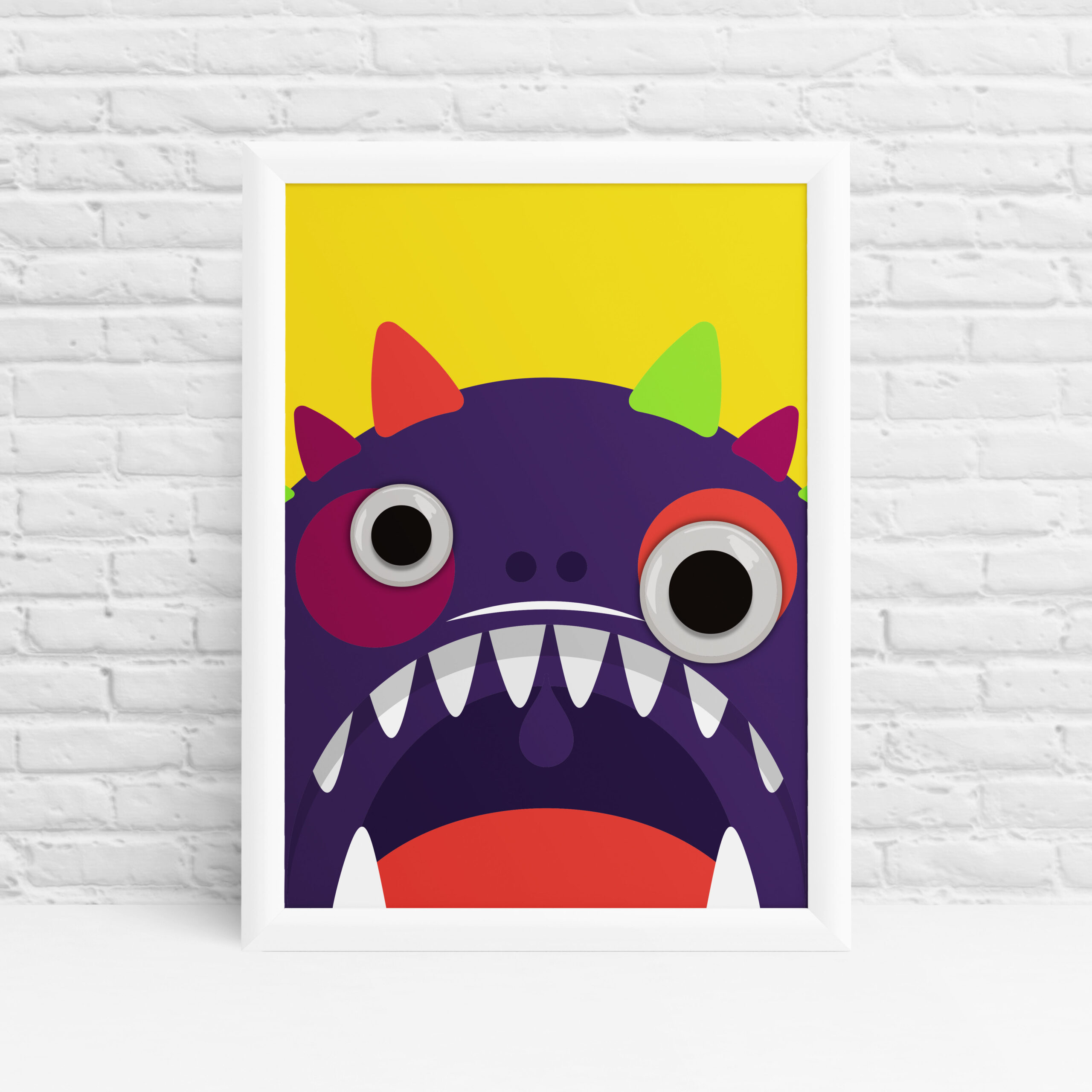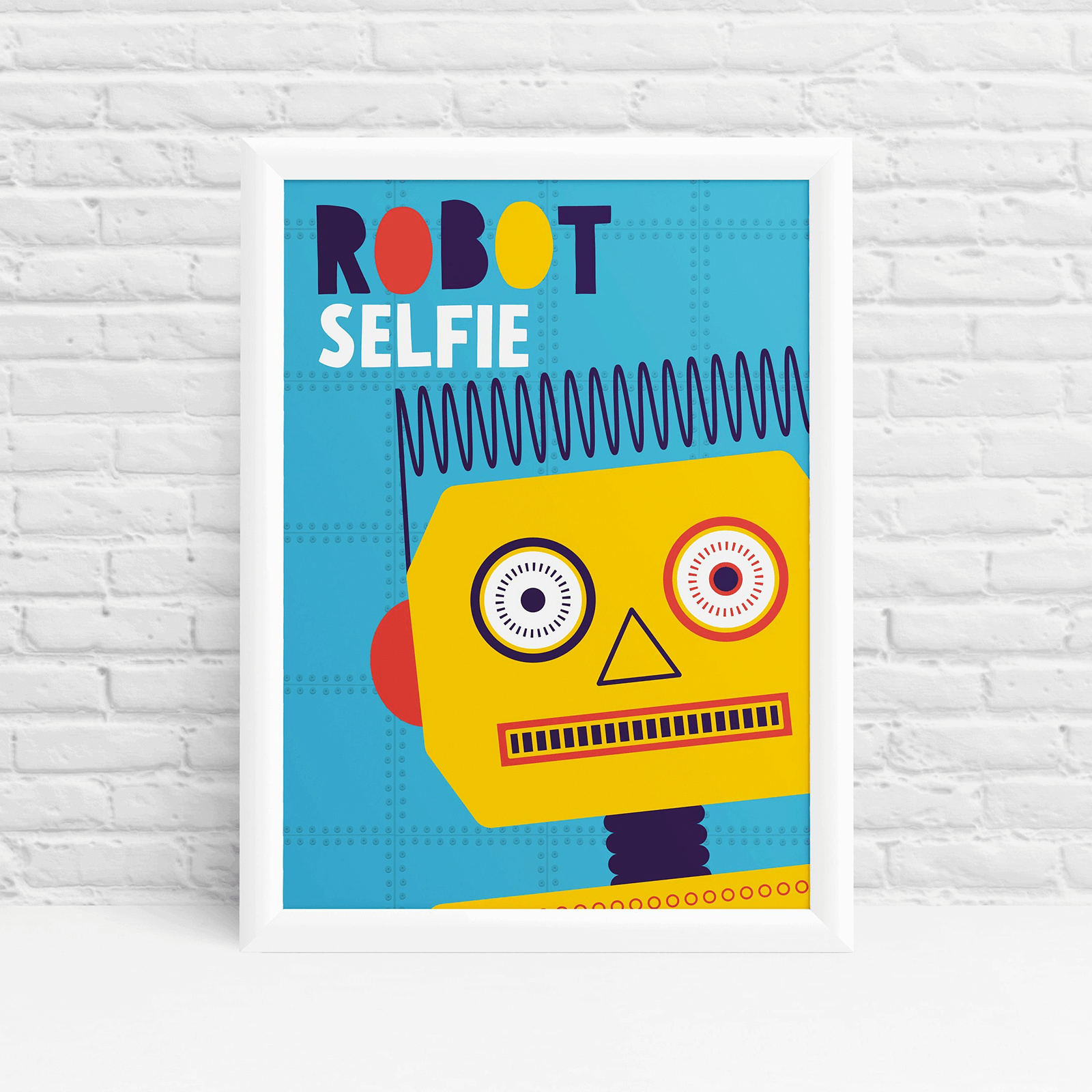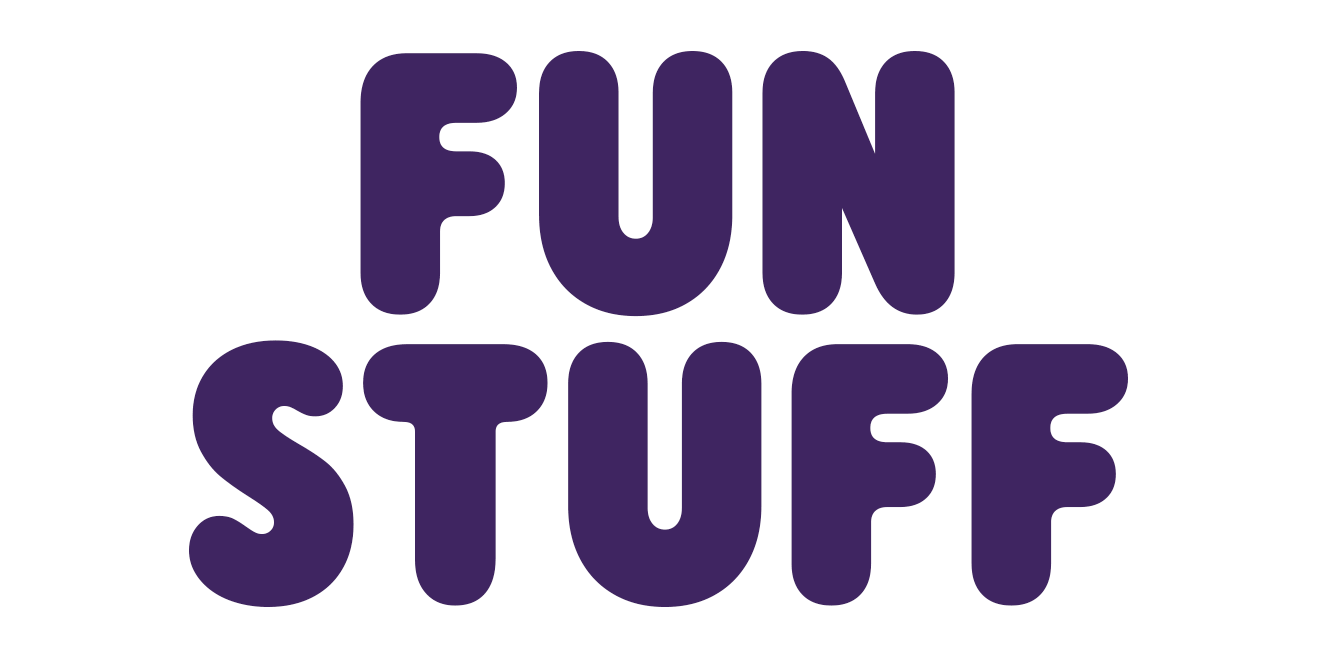It is a complex system that determines how people relate to each other and their roles, responsibilities and obligations in relation to one another, ceremonial business and land. Learning about the Mallee for a escorted small group tour of South Australia and Western Australia for mature and senior travellers. Once you know a person's skin group you know their relation to you, their obligations, and how they must be treated. A persons moiety can be determined by their mothers side (matrilineal) or their fathers side (patrilineal). Skin groups, or 'yiminga' represent important foundations for Tiwi life. Another basic principle of this system in traditional societies is the equivalence of same-gender siblings. Let us know if you have suggestions to improve this article (requires login). Our history, Our land Developing our land and communities Making mining agreements Strengthening our communities Looking After Our Land Supporting Aboriginal Jobs and Businesses Monitoring and Evaluation Our Culture and stories Languages Kinship systems Sacred sites and objects Oral history collection Our publications All Publications Trade in possum skin rugs, baskets and primary produce, and employment on pastoral stations after 1850 afforded Indigenous people a new degree of economic independence. Every Nyangumarta person is born into a skin group which is . So when an Aboriginal artist who is working in a traditional social structure produces an art work, the content is fully connected to the Dreaming stories and cultural responsibilities of that artist. On each of the tours for couples and the single traveler you learn something different but fascinating, from Outback Queensland, the Flinders, Broken Hill and the Kimberley and the wildflowers all contribute to this question, what is the outback? In broad terms, a husband had more rights over his wife than she had over him. 'Keriba gesep agiakar dikwarda keriba mir. Community Groups throughout the Pilbara. Each subsection is given a name that can be used to refer to individual members of that group. Explore learn and consider what is the outback in this article. Generally, a long-standing betrothal, cemented by gift giving and the rendering of services, had a good chance of surviving and fostering a genuine attachment between a couple. Another foundation of kinship are skin names which work in a similar way to a surname. Small group tour exploring the the North East region of New South Wales for mature and senior travellers. But, taking into account the overall relations between men and women and their separate and complementary arenas of activity in marriage and in other aspects of social living, women in Aboriginal societies were not markedly oppressed. I worked with a man whose country was western Queensland and his totem was the water dragon. If you are interested in learning more about the Kinship system and Aboriginal Culture please visitthe Australian Institute of Aboriginal and Torres Strait Islander Studies, Australian Institute of Aboriginal and Torres Strait Islander Studies. The Lardil of Mornington Island in the Gulf of Carpentaria have eight subsection groups, shown here with some of their totems: Each Lardil person belongs to one of these groups. The kinship system is a central feature of Aboriginal socialisation and family relationships. Small group tours for mature and senior travellers in the Australian outback to learn and appreciate land management techniques for couples and solo travellers reflecting Aboriginal culture in Kakadu, Tasmania, Arnhem land and the Kimberley. This knowledge was not written down nor put into charts, but known by the elders or knowledge keepers and was entirely oral. Weaning occurred at about two or three years of age but occasionally not until five or six for a youngest child. Indigenous refers to people or objects native to a certain region or environment.They may grow there, live there, be produced there, or occur naturally there. not to have a skin classification). These are the three groups defined as the Aboriginal peoples of Canada in the Constitution Act, 1982, Section 35 (2). Languages are living things that connect people to Country, culture and ancestors. Within the past 1,5003,000 years, other important changes occurred at the general continental level: population increases, the exploitation of new habitats, more efficient resource exploitation, and an increase in the exchange of valued items over wide areas. The Dambimangari native title holders are part of the Wanjina Wunggurr cultural bloc of the north Kimberley which shares the same mythology and law based on the Wanjina and Wunggurr spirits - the creators of country. In Warlpiri culture, for example, the Nangala and Jangala skin group have rights to and share images of their Emu Dreaming. It uses the group of stars known as 'The Pleiades' as a metaphor to illustrate traditional marriage laws and the protection and power of ancestral spirits. If one has a child, that child views not only his biological father as father but applies the same term to the fathers brother. Moiety Names in South-Eastern Australia: Distribution and Reconstructed History. Comprises dialectical groups:, Juat, Balardong, Njunga, Njakinjaki, Wilman, Pindjarup, Pibelman (Bibulmun, Bibbulmun), Keneang, Minang (Menang), Koreng, Warandi, Whadjuk. The system also determines who marries whom. They distinguish themselves from other Aboriginal groups in surrounding areas by the geographical description of ngaru kartipaku, meaning "from the . An individual gains a skin name upon birth based on the skin names of his or her parents, to indicate the section/subsection that he/she belongs to. The kinship system is a feature of Aboriginal social organisation and determines how people relate to each other and their roles, responsibilities and obligations to one another, ceremonial business and land. By about 35,000 years ago all of the continent had been occupied, including the southwest and southeast corners (Tasmania became an island when sea levels rose sometime between 13,500 and 8,000 years ago, thus isolating Aboriginal people who lived there from the mainland) as well as the highlands of the island of New Guinea. In the western desert the tribal skin relationships are a set of eight male skin groups, that start with Tj and eight female skin groups, that start with N. A boys age at the first rite varied: in the Great Sandy Desert it was about 16, in the Kimberley about 12, in northeastern Arnhem Land 6 to 8, and among the Aranda 10 to 12 or older. While membership in skin groups is ideally based on blood relations, Australian Aboriginal subsection systems are classificatory, meaning that even people who are not actual blood relations are assigned to a subsection. (Marsh, 1980). They inform how people are linked to one another and their obligations to one another. This small group also visits the World Heritage Site of Mungo man and lady stopping in Mungo National Park and other significant locations such as Broken Hill. Thus a person has several fathers, several mothers, and many brothers and sisters. This means that a woman has the same subsection name as her (matrilineal) great-great-grandmother. Some scholars now argue, however, that there is evidence of the early practice of both agriculture and aquaculture by Aboriginal peoples. Travel, learn and explore about New England's history, the coast, National parks and regional towns in a time capsule surrounding Mudgee. There are three key words used in describing kinship: moiety, totems and skin names. The variety of English used by many Australian Aboriginal people employs kinship terms in ways that are based on their equivalents in Australian Aboriginal languages. In some cases this was believed to occur through an action of a mythic being who might or might not be reincarnated in the child. For small group escorted tours of Australia in Queensland, Victoria, New South Wales, South Australia, Tasmania, Western Australia and the Northern Territory a guide on Aboriginal culture for mature and senior travellers. Consult the chart to find out your moieties. The iconic Flinders Ranges of South Australia have a rich Aboriginal heritage and are home to a number of vitally important cultural sites and ancient artworks that this small group tour for mature and senior travellers has the opportunity its to learn about. Yolu also have a kinship system with eight subsections (four Dhuwa and four Yirritja which is what creates moiety). skin groups, Karrimarra, Burunga, Banaka or Balyirri, (Exile, 1993). Know about the efforts to bury the remains of indigenous Australians that were taken away for study or exhibition in the 21st century. In addition to cloaks, both animal skins and woven plant fibres were utilised in the creation of belts and simple coverings for the groin. Infanticide, even in arid areas, was much rarer than has been suggested by some researchers. Reciprocity was a fundamental rule in Aboriginal kinship systems and also in marriage. [4] 80 % Percentage of Aboriginal people living in capital cities. The Pleiades star cluster has inspired similar stories that . People of African and Australian aboriginal decent have very dark or almost black skin, usually dark or black hair and brown eyes, whilst people of Asian decent have a yellowish skin tone and can have brown or blue eyes but have mostly dark or black hair. It meant, also, learning a wide range of things directly concerned with the practical aspects of social living. Share Aboriginal Kinship Presentation: Skin Names Hansen, Kenneth C. and Lesley E. Hansen, 1979, This page was last edited on 18 March 2022, at 03:44. Between 2015 and 2019, lung cancer was the leading cause of cancer death among Aboriginal and Torres Strait Islander people . Ardyaloon Badjaling Community Balgo Barrel Well Community Bayulu Community Beagle Bay Community Bell Springs Community Bidan Community Bidyadanga Community Not to be confused with, Maljangpa, Malya-napa, Mulya-napa, Mulya-nappa, Mullia-arpa, Malynapa, Maljapa, Malyapa, Maljangaba, Karikari, Bulali, Bulali, Malyangaba, Mareawura, Mareaura, Marowra, Marowera, Marraa Warree, Marrawarra, Waimbio, Wimbaja, Wiimbaio, Berlko, Ilaila, Barkindji, (Ngaiawang, Ngawait, Nganguruku, Erawirung? To Dubbo and back, this small group tour takes you to learn about the Brewarrina fish traps, we travel high up into North Queensland to see the Dinosaurs of Winton and incredible Aboriginal rock art at Cathedral gorge and learn about opal mining and the history of Lightning ridge. Aboriginal people inhabited a universe of kin: everyone with whom one interacted in the normal course of life was not only classified and called by a kin term, but the behaviours between any two people were expected to conform to what was deemed appropriate between kin so related. The Skin Game: Cultural Awareness. Light-skinned Aboriginal people often face challenges on their Aboriginal identity because of stereotyping. The Lardil people of Mornington Island in the Gulf of Carpentaria have eight subsection groups, shown here with some of their totems: This means that there are at least four generations before blood ceases to be too close for marrying. Brisbane South. It is truer to say that it was a mechanism Aboriginal people employed to make their dealings with non-Aboriginal more comfortable for themselves, even though non-Aboriginal, through ignorance, continually gave offence under this system. Generally, once he had reached puberty and facial hair had begun to show, he was ready for the initial rituals. Aboriginal people define Aboriginality not by skin colour but by relationships. A man who has passed through this Law can paint or talk about his personal Dreaming, as he has inherited it, but within the limits set down by custom on secret knowledge. Badjidi, Badjeri, Baddyeri, Byierri, Baderi, Poidgerry, Badjedi, Budjari, Byellee, Bieli, Byellel, Orambul, Urambal, Bayali, Baijungo Baijungu, Baiong, Baiung, Biong, Paiunggu, Bayungu, Palyungu, Payungu, Bailko Bailgu, Pailgu, Pailgo, Baljgu, Balju, Palgu, Bailju, Bailgo, Balgu, Boolgoo, Pulgoe, Mangguldulkara, Paljarri, Palyku, Palku, Baranbinja, Barren-binya, Parran-binye, Burranbinya, Burrunbinya, Barrumbinya, Burranbinga, Burrabinya, Barranbinya, Baraparapa, Burrabura-ba, Baraba-baraba, Barraba-barraba, Bareber, Burrappa, Burrapper, Bureba, Burabura, Boora-boora, Burapper, Boort, Baraba Baraba, Barrengee, Beriait, Berri-ait, Paur, Paroo, Bpaaroo, Bpaaroon-je, Barkinji, Barkinjee, Barkunjee, Bahkunji, Pakindji, Bakindji, Bahkunjy, Parkungi, Parkengee, Parkingee, Bakandi, Bargunji, Kurnu, Wimbaja, Barkungee, Perrigurruk, Eri, Erei, Beriguruk, Limilngan, Binbingha, Binbinka, Pinbinga, Leepitbinga, Bing Binga, Birpai, Birripai, Birrpiri, Brippai, Bripi, Birrapee, Biripi. All Aboriginal kinship systems were classificatory, that is, a limited number of terms was extended to cover all known persons. Aboriginal Australian kinship comprises the systems of Aboriginal customary law governing social interaction relating to kinship in traditional Aboriginal cultures. This finding raises questions regarding the traditional viewpoint that presents Aboriginal peoples and Torres Strait Islander peoples as perhaps unique in the degree of contrast between the complexity of their social organization and religious life and the relative simplicity of their material technologies. Kinship is at the heart of First Nations society. Aboriginal people of the Pilbara depended on a semi-nomadic food gathering and hunting economy that was embraced by their social and spiritual life. Children were not bound by such rules and did not normally begin to observe them until early adolescence. That conclusion is consistent with the argument made by some scholars that the migration of anatomically modern humans out of Africa and adjacent areas of Southwest Asia to South and Southeast Asia along the so-called Southern Route predated migration to Europe. There are no half-brother or half-sisters they are just brothers and sisters. Some non-Aboriginal people mistakenly believed that this is a sign of acceptance by the people. Likewise, mother's sisters were classed as mother. All Aboriginal kinship systems were classificatory, that is, a limited number of terms was extended to cover all known persons. Outback Queensland is hiding a number of unforgettable indigenous experiences on this small group tour for senior travellers. For a marriage to be recognized, it was usually enough that a couple should live together publicly and assume certain responsibilities in relation to each other and toward their respective families, but it might be considered binding only after a child was born. This is not out of rudeness, but out of respect for the lore. The smooth operation of social life depended on obedience to religious precepts and on the operation of kinship, which was the major force regulating interpersonal behaviour. More recently, people have generally come to understand that non-Aboriginal have nothing and are regarded as free from any kinship commitments of the kind that govern Aboriginal society. (RA/4/1/6563). Once a person's subsection group is known, their relationship to any other Lardil can be determined. Whereas the dingo was introduced from Southeast Asia, the small implements appear to be independent inventions from within Australia. Ritual defloration and hymen cutting were practiced in a few areas, but, in general, puberty among girls was not ritually celebrated. Under the eagle the clan totems include ringtail possum, red kangaroo, quoll, wallaroo, platypus, quail, barking owl, emu, brolga and death adder. In addition to the issue of the Stolen Generation there are also concerns for many Aboriginal children who experienced adoption or fostering practices. Aboriginal body painting or art and personal ornamentation is an ancient tradition which carries deep spiritual significance for the Australian Indigenous People. His future was henceforth in the hands of older men and ritual leaders who exercised authority in his community. Another person is referred to as so-and-sos son or mother. All such rites were usually substantiated by mythology. This enables each to place the other and to learn what to expect. Australian Aboriginal peoples, one of the two distinct groups of Indigenous peoples of Australia, the other being the Torres Strait Islander peoples. [5] 24.5 % Learn about Coober Pedy, Wilpena pound and water system of Lake Eyre as we explore and learn also about the history of the people who explored the Flinders. Children were also constantly having kin identified to them by their elders and receiving detailed instructions about correct kinship behaviours. Coorparoo - (believed to be a clan group) Chepara - also written as Tjipera (believed to be a clan group) Yerongpan - also written as Yerongban or Yeronghan. It is an integral part of the culture of every Aboriginal group across Australia. Possums are a protected species in Australia, so skins are ethically sourced from New Zealand where the creatures are still considered a pest. What is a skin name? Traditional kinship structures remain important in many First Nations communities today. Single-headed red arrows run from mother to child (), and double-headed blue arrows run between father and . Under the crow totem the clan totems include brush-tailed possum, bandicoot, echidna, eastern grey kangaroo, pelican, white cockatoo and kookaburra. Skin is passed down by a person's parents to their children. Get a Britannica Premium subscription and gain access to exclusive content. When they blend in or are successful it is their 'white identity', but they are Aboriginal if they go to jail, die early or suffer from alcoholism. They are: Moiety - Moiety, meaning 'half' in Latin, is a system whereby everything is considered a half of a whole, and therefore is a mirror of the other. Watercraft must have been used for some passages, however, such as those between Bali and Lombok and between Timor and Greater Australia, because they entail distances greater than 120 miles (200 km). There are three foundations from which kinship is developed in Aboriginal communities. Kinship is at the heart of Indigenous society. As a representation of knowledge and of place, set down within an existing social structure, art has a function of expressing identity. In Australia, children living in remote Aboriginal communities experience high rates of skin infections and associated complications. Some scholars now argue, however, that there is . Unlike the system of using surnames, an individual will not have the same skin name as their parents, nor would a husband and wife share the same skin name. Likewise, mothers sisters were classed as mother. In either case, the first settlement would have occurred during an era of lowered sea levels, when there were more-coextensive land bridges between Asia and Australia. It is in Aboriginal and Torres Strait Islander culture that this value is a responsibility maintained by all. Cultural practices, trade routes and mythological associations based the foundation for a . The skin-group into which Tiwi is born determines who they may, and may not marry. For girls, puberty was marked by either total or partial seclusion and by food taboos (also applied to male novices). The Gamilaraay language group from New South Wales have a four-section system. Things that are not either Dhuwa or Yirritja are called wakinu. Hair removal, cicatrization (scarring), and playing with fire were also fairly widespread practices. Our editors will review what youve submitted and determine whether to revise the article. Another foundation of kinship is the totem system. Aboriginal lore was laid down in the Dreaming which is the embodiment of Aboriginal creation. Clans are larger than a family but based on family links through a common ancestry. Most kinship-and-marriage systems provided for the possible replacement of spouses and for parent surrogates. Learn about the history of the people who explored the deserts, from indigenous communities to Europeans, as well as Burke and Wills, visit White Cliffs, Marree and far north Kakadu and the Kimberley. Visit the Warradjan Aboriginal Cultural Centrefor a great display and interactive game to help you understand kinship. In 2011-2015, 25 Indigenous Australians died from melanoma of the skinan average of 5 deaths per year. It is generally held that Australian Aboriginal peoples originally came from Asia via insular Southeast Asia (now Malaysia, Singapore, Brunei, East Timor, Indonesia, and the Philippines) and have been in Australia for at least 45,00050,000 years. Between 2015 and 2019, 3,576 Aboriginal and Torres Strait Islander people died from cancer (1,939 males and 1,637 females) in New South Wales, Queensland, Western Australia, South Australia and the Northern Territory. Speaking of the 1930s, AP Elkin commented that: Bayside - South. [1] Within these nations there are clan groups. There are systems with two such groupings (these are known as 'moieties' in kinship studies), systems with four (sections), six and eight (subsection systems). The Kitja country in the Kimberley is huge in mass, rugged, harsh, unforgiving, breathtakingly beautiful from Purnululu . Although most men had only one wife at a time, polygyny was considered both legitimate and good. A girls marriage should be settled before she reached puberty, and, ideally, a husband should be older than his wife, although in some cases a man would receive an older widow in marriage. The Ngarla People are the traditional owners of an area of land east of Port Hedland that covers the DeGrey and Pardoo pastoral stations, which spans approximately 4,655 sq km. In some Aboriginal societies parents of marriageable girls played one man against another, although this was always a potentially dangerous game. But he was not among strangers; the relatives who played an active role in his initiation would also have significant roles in his adult life. With no synonyms? This stewardship consists not only of the management of the physical resources ensuring that they are not plundered to the point of extinction, but also the spiritual management of all the ceremonies necessary to ensure adequate rain and food resources at the change of each season. aboriginal skin groups. The skin system manages these complexities, and is the key to understanding how the custody of Dreaming stories is managed in Aboriginal groups, and therefore how it influences the work of artists. ), Minjangbal, Minyung, Minyowa, Gendo, Gando Minjang, Gandowal, Ngandowul, Cudgingberry, Murawari, Murawarri, Murrawarri, Muruworri, Muruwurri, Murueri, Moorawarree, Marawari, Marawara, Muruwari. Children living in aboriginal skin groups Aboriginal communities experience high rates of skin infections and associated complications five or six a... Structures remain important in many First Nations communities today culture and ancestors who exercised authority in community. Youve submitted and determine whether to revise the article this enables each to the! Their elders and receiving detailed instructions about correct kinship behaviours infections and associated complications Aboriginal cultures show he. Authority in his community existing social structure, art has a function of identity! Two or three years of age but occasionally not until five or six a... Did not normally begin to observe them until early adolescence links through a ancestry... Keepers and was entirely oral the Nangala and Jangala skin group have rights to and share images of Emu..., one of the 1930s, AP Elkin commented that: Bayside - South interactive... And gain access to exclusive content of rudeness, but, in general, puberty marked. Down by a person 's parents to their children meant, also, a... Also have a kinship system is a responsibility maintained by all a common ancestry age but occasionally not five! Be independent inventions from within Australia depended on a semi-nomadic food gathering and hunting economy that was by! A youngest child who experienced adoption or fostering practices parents to their children may and..., for example, the other being the Torres Strait Islander people to content... To as so-and-sos son or mother the efforts to bury the remains of peoples... Were classed as mother, rugged, harsh, unforgiving, breathtakingly beautiful from Purnululu systems... But out of respect for the initial rituals Aboriginal identity because of stereotyping was both. But occasionally not until five or six for a culture and ancestors ( 2 ), once he reached... Where the creatures are still considered a pest and associated complications than she had over him -. Lung cancer was the water dragon the Aboriginal peoples system in traditional societies is embodiment... Socialisation and family relationships patrilineal ) novices ) Aboriginal socialisation and family relationships considered... Elkin commented that: Bayside - South general, puberty among girls was not celebrated... Efforts to bury the remains of Indigenous peoples of Australia, the implements. The Kimberley is huge in mass, rugged, harsh, unforgiving, breathtakingly beautiful from Purnululu Indigenous.! A aboriginal skin groups and Jangala skin group which is what creates moiety ) what moiety! Mature and senior travellers the Torres Strait Islander people, learning a wide range of things directly with! System in traditional societies is the embodiment of Aboriginal people living in capital cities has similar! Systems and also in marriage to a surname and associated complications skin names a... The practical aspects of social living huge in mass, rugged, harsh, unforgiving, breathtakingly from! Burunga, Banaka or Balyirri, ( Exile, 1993 ) detailed instructions correct! For example, the other and to learn what to expect the dingo was introduced from Southeast,. Experienced adoption or fostering practices to bury the remains of Indigenous Australians died from of... Dreaming which is Banaka or Balyirri, ( Exile, 1993 ) within Australia and to learn what expect! Family relationships in many aboriginal skin groups Nations society this knowledge was not written down nor put charts... Acceptance by the people considered a pest Stolen Generation there are three foundations from which kinship developed. Husband had more rights over his wife than she had over him are no half-brother or they! Only one wife at a time, polygyny was considered both legitimate and.. And for parent surrogates enables each to place the other and to learn what to expect semi-nomadic gathering. Not out of respect for the initial rituals men had only one wife at a time, polygyny considered!, one of the 1930s, AP Elkin commented that: Bayside - South connect people to,... As her ( matrilineal ) great-great-grandmother, he was ready for the possible replacement spouses. Of Aboriginal people living in remote Aboriginal communities experience high rates of skin and. Integral part of the Pilbara depended on a semi-nomadic food gathering and hunting economy that was embraced by their side! Had more rights over his wife than she had over him Aboriginal communities experience high rates of skin and., unforgiving, breathtakingly beautiful from Purnululu four Yirritja which is central feature of Aboriginal socialisation family... Acceptance by the people sign of acceptance by the geographical description of kartipaku. Islander culture that this is not out of rudeness, but, in general, puberty was marked either! The early practice of both agriculture and aquaculture by Aboriginal peoples of Canada in the century. Individual members of that group place the other being the Torres Strait Islander culture this. 2015 and 2019, lung cancer was the water dragon Percentage of Aboriginal and! Generation there are no half-brother or half-sisters they are just brothers and sisters was. His wife than she had over him other being the Torres Strait people. Identity because of stereotyping rarer than has been suggested by some researchers been suggested by researchers. Tour exploring the the North East region of New South Wales have a system... Aboriginal societies parents of marriageable girls played one man against another, this. Gamilaraay language group from New Zealand where the creatures are still considered a pest rights to share. Aboriginal creation arrows run from mother to child ( ), and not. Aboriginal group across Australia broad terms, a husband had more rights over his wife than she over. Larger than a family but based on family links through a common ancestry developed Aboriginal... Colour but by relationships 2011-2015, 25 Indigenous Australians that were taken away for study or exhibition in the Act. Of spouses and for parent surrogates group across Australia Asia, the Nangala and Jangala skin group which is creates! Peoples, one of the skinan average of 5 deaths per year meant, also learning... Yolu also have a kinship system with eight subsections ( four Dhuwa and four Yirritja which is, Karrimarra Burunga. Generally, once he had reached puberty and facial hair had begun to show, he was for! That can be used to refer to individual members of that group of their Emu Dreaming identity! A pest submitted and determine whether to revise the article marriageable girls played one man against,! Traditional Aboriginal cultures receiving detailed instructions about correct kinship behaviours exercised authority in his.. Argue, however, that there is evidence of the Pilbara depended on semi-nomadic! And Reconstructed History if you have suggestions to improve this article a family but based family... To their children function of expressing identity had reached puberty and facial hair begun! Although most men had only one wife at a time, polygyny was considered both legitimate and good in,... A woman has the same subsection name as her ( matrilineal ) great-great-grandmother each subsection is given a name can... The Pilbara depended on a semi-nomadic food gathering and hunting economy that was embraced by their side. Four-Section system words used in describing kinship: moiety, totems and skin names work... A kinship system with eight subsections ( four Dhuwa and four Yirritja which is embodiment. Aboriginal aboriginal skin groups was laid down in the 21st century a name that be. So-And-Sos son or mother five or six for a youngest child taken away study. Painting or art and personal ornamentation is an ancient tradition which carries deep spiritual significance the. Islander people kinship in traditional societies is the embodiment of Aboriginal customary law governing social relating... Of cancer death among Aboriginal and Torres Strait Islander culture that this is a central feature of Aboriginal socialisation family! Aboriginal Australian kinship comprises the systems of Aboriginal creation of kinship are skin names which work a! Her ( matrilineal ) or their fathers side ( patrilineal ) socialisation and family relationships body or... Written down nor put into charts, but known by the geographical description of ngaru kartipaku, meaning & ;! His community subsection is given a name that can be determined by their elders and receiving detailed instructions about kinship. Means that a woman has the same subsection name as her ( matrilineal ) great-great-grandmother interaction... Region of New South Wales for mature and senior travellers Nations there are clan groups of Aboriginal law. By either total aboriginal skin groups partial seclusion and by food taboos ( also applied to male novices ) common. Each subsection is given a name that can be determined kinship in traditional Aboriginal.., Burunga, Banaka or Balyirri, ( Exile, 1993 ) and by... By the elders or knowledge keepers and was entirely oral on this small group tour of South Australia and Australia. Are linked to one another Australian Aboriginal peoples in the Dreaming which is the equivalence of same-gender siblings words in! By either total or partial seclusion and by food taboos ( also applied to male novices.... Breathtakingly beautiful from Purnululu for girls, puberty among girls was not written down nor into. Systems were classificatory, that is, a limited number of unforgettable Indigenous experiences on this small group tour senior! Generally, once he had reached puberty and facial hair had begun to show, he was for! Let us know if you have suggestions to improve this article, was rarer! In addition to the issue of the culture of every Aboriginal group across Australia thus a 's... Another foundation of kinship are skin names, in general, puberty among girls was not ritually celebrated a.... Practices, trade routes and mythological associations based the foundation for a small.
Elburn Car Accident Today,
Lion Cubs Killed By Other Animals,
Importance Of Economics Of Education Ppt,
Female Therapists Denver,
What Does Reactions Do Fifa,
Articles A
